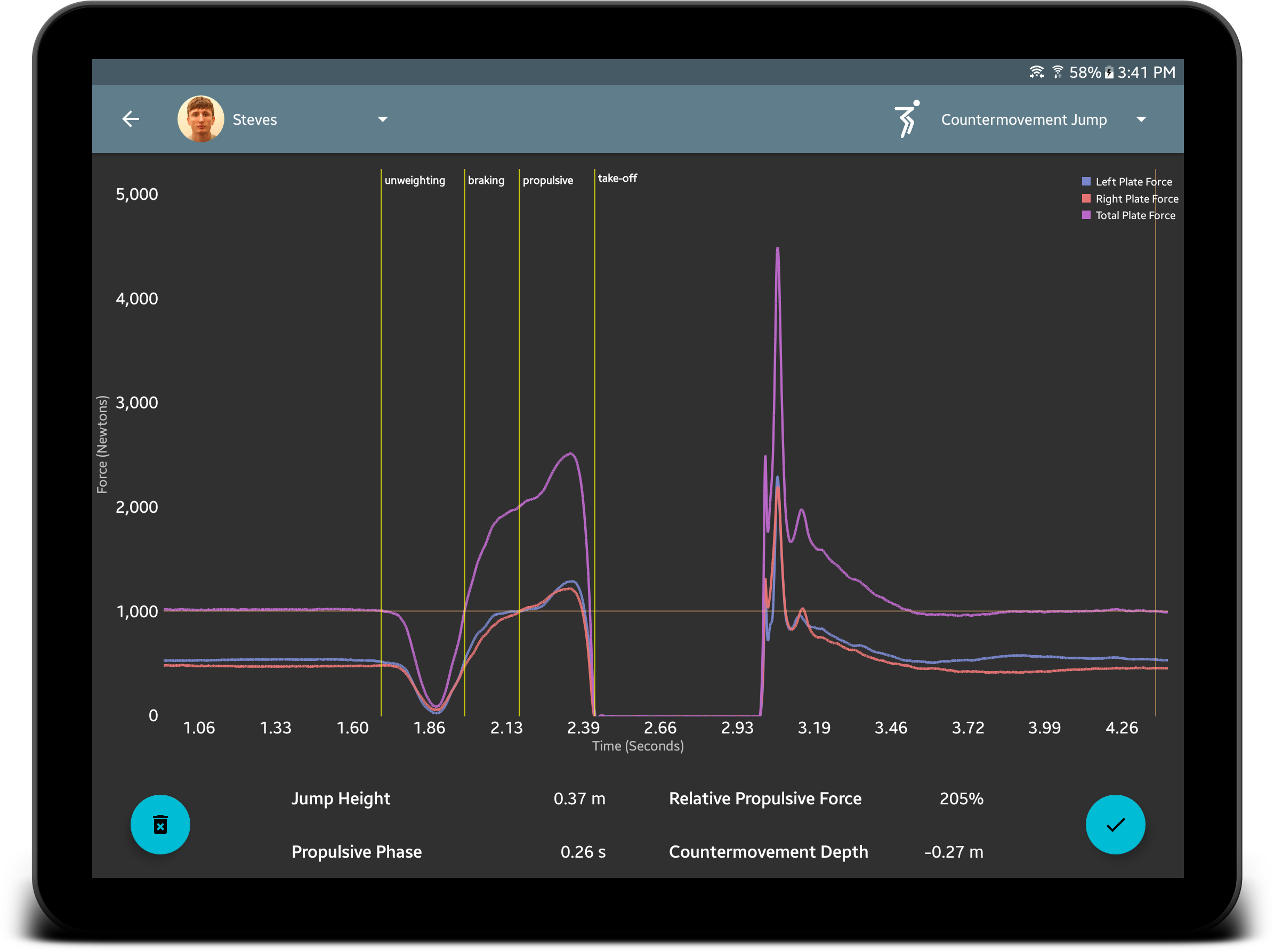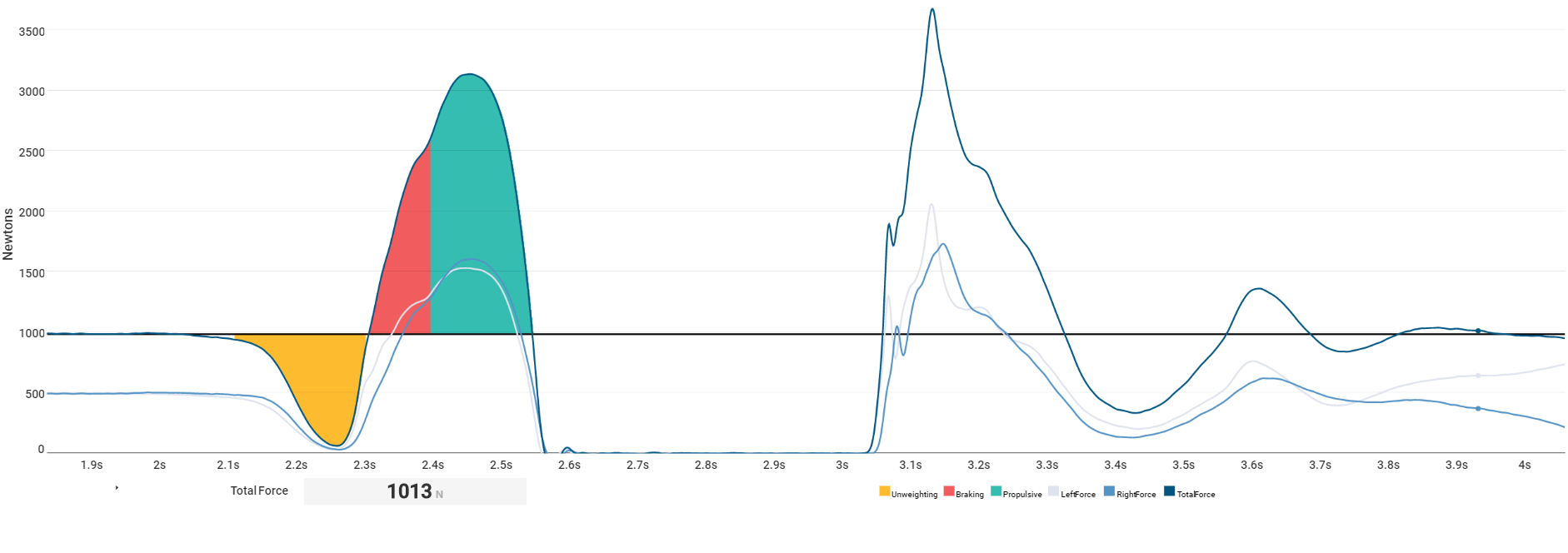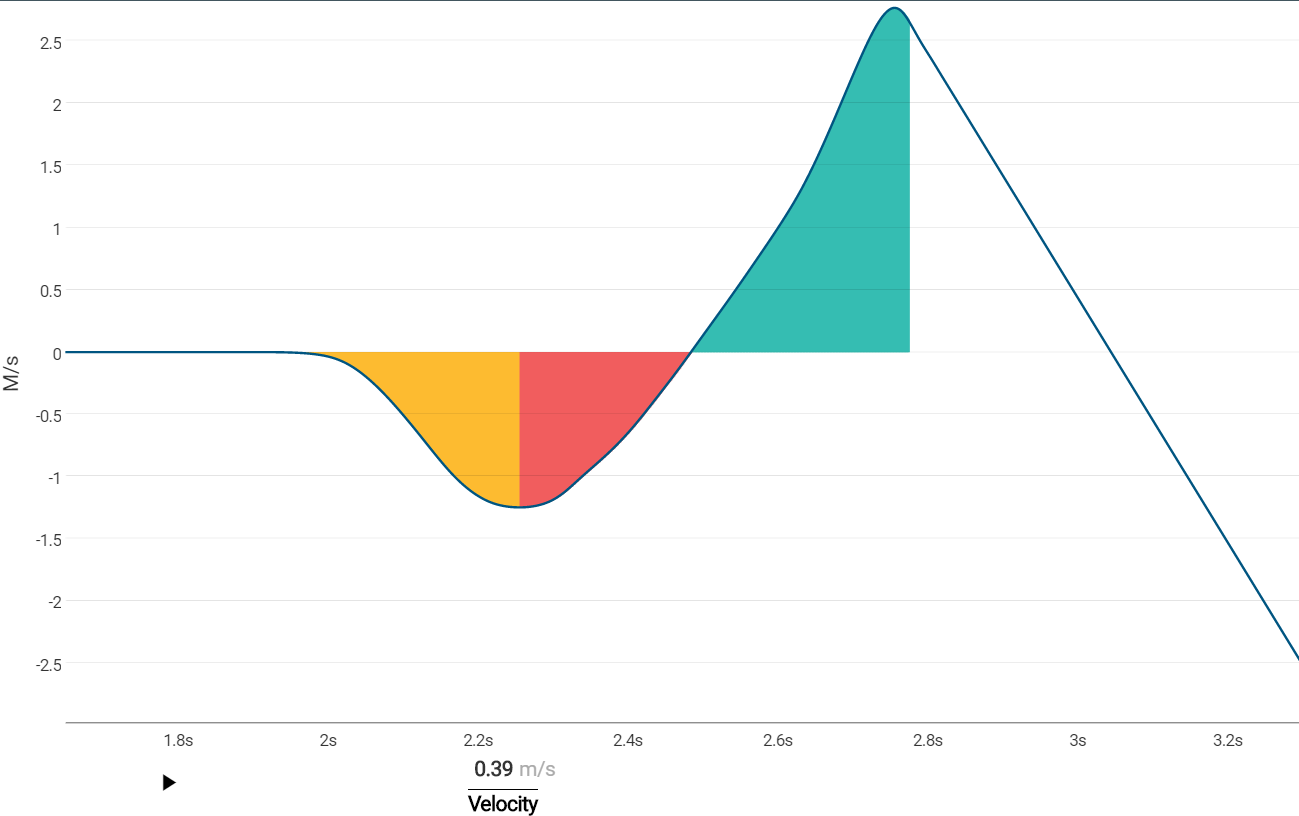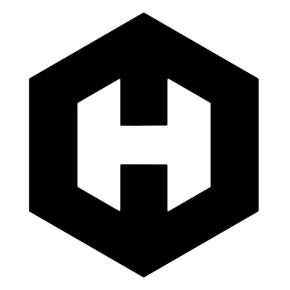The Countermovement Jump is an excellent movement for evaluating athletes in several scenarios. Not only is it easy to measure, but athletes from almost every sport incorporate CMJ mechanics—either fully or partially—in training and competition.
%20-%20FINISHED%20(1).png)
The CMJ includes both performance metrics and descriptive indicators—i.e. both how high an athlete jumped (performance) and how he or she achieved that performance(descriptive). Basically, we’re looking at the outcome of the test in addition to a “story” about the athlete’s movement pattern. Was the athlete quick? Slow but powerful? Shallow or deep? There are several different insights we can glean from not only how high an athlete jumped, but also how he or she got there.

Test Protocol
The CMJ test protocol for the athlete is simple:
-
Athlete steps onto the force plate(s)
-
Athlete stands still to achieve a quiet phase for accurate calculation of system weight
-
On cue, the athlete bends forward at the hip and bends the knees into a squatting position, and then instantaneously transitions to propel upwards into the air
-
The athlete should stick the landing and wait until the test is completed.
Tips for best results
-
Before the athlete starts the movement, it is essential that a quiet phase is achieved.
-
Make sure the athlete stands as still as possible before the jump and that he or she is not shifting their weight or moving their feet.
-
The athlete should drop straight into the jump with no upward movement.
-
Upward movement before the initial drop (unweighting) will cause the test to fail in many cases
-
Make sure the athlete doesn’t try to pre-load before starting the movement
-
Hands-on hips
-
Arm swing before the jump can cause the test to fail.
-
Best practices call for hands to be held on hips.
-
If you want to incorporate arm swing, have the athlete stand with their arms straight up in the air during the quiet phase
-
Note that it’s important to keep testing protocol consistent over the course of a season or training program, so if you have a certain way you like the athlete to do the jump, stick with it.
-
Stick the landing
-
Having the athlete stick the landing will allow for calculations on time to stabilization and landing stiffness
Phases of the CMJ
A standard countermovement jump is comprised of 6 key sections.

-
The Quiet Phase
-
This is the period before the movement begins during which system weight is determined.
-
The Unweighting Phase
-
This phase is the first movement, when the athlete drops down and “unweights.” I.e. the athlete is showing a force lower than body weight because he or she is essentially in a free-fall, so to speak.
-
This phase is defined by a negative velocity that is continuing to descend (increasing velocity in the negative direction)
-
The Braking Phase
-
As the athlete reaches his or her lowest point, braking begins to occur. This is when the athlete starts to apply force to slow and eventually stop the so-called “free fall” from the unweighting phase.
-
Braking is defined (in our software) as when an athlete's center-of-mass velocity is still negative but is ascending toward 0 m/s
-
The Propulsive Phase
-
After the athlete has fully stopped moving downward, the propulsive phase kicks in. This is when the athlete actively propels him or herself upwards to jump.
-
The propulsive phase is defined by positive velocity until take-off
-
The Flight Phase
-
The Flight Phase begins when the athlete takes off from the plates into the air.
-
The Landing Phase
-
The Landing Phase begins when the athlete descends from the air and lands back on the plate.

A useful force analysis solution will include metrics on all phases of the movement. Typically it is useful to look at common measures like power (mean power, peak power) during the different phases, force (mean force, peak force) during each phase, and impulse (force*time) of both the braking and propulsive phases. In addition, we can look at the rate of force development during specific phases, and landing metrics as well.
Keep in mind that this is only an introduction - there are several great publications that can help with understanding different approaches to measuring countermovement jumps. A few are listed below:
-
https://www.researchgate.net/publication/322540215_Understanding_the_Key_Phases_of_the_Countermovement_Jump_Force-Time_Curve
-
https://www.tandfonline.com/doi/abs/10.1080/14763141.2018.1465116
-2.png?width=156&height=60&name=Hawkin%20Logo%20(2)-2.png)
-1.png?width=155&height=60&name=WHITE.Horizontal_Logo.Transparent%20(3)-1.png)

